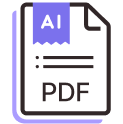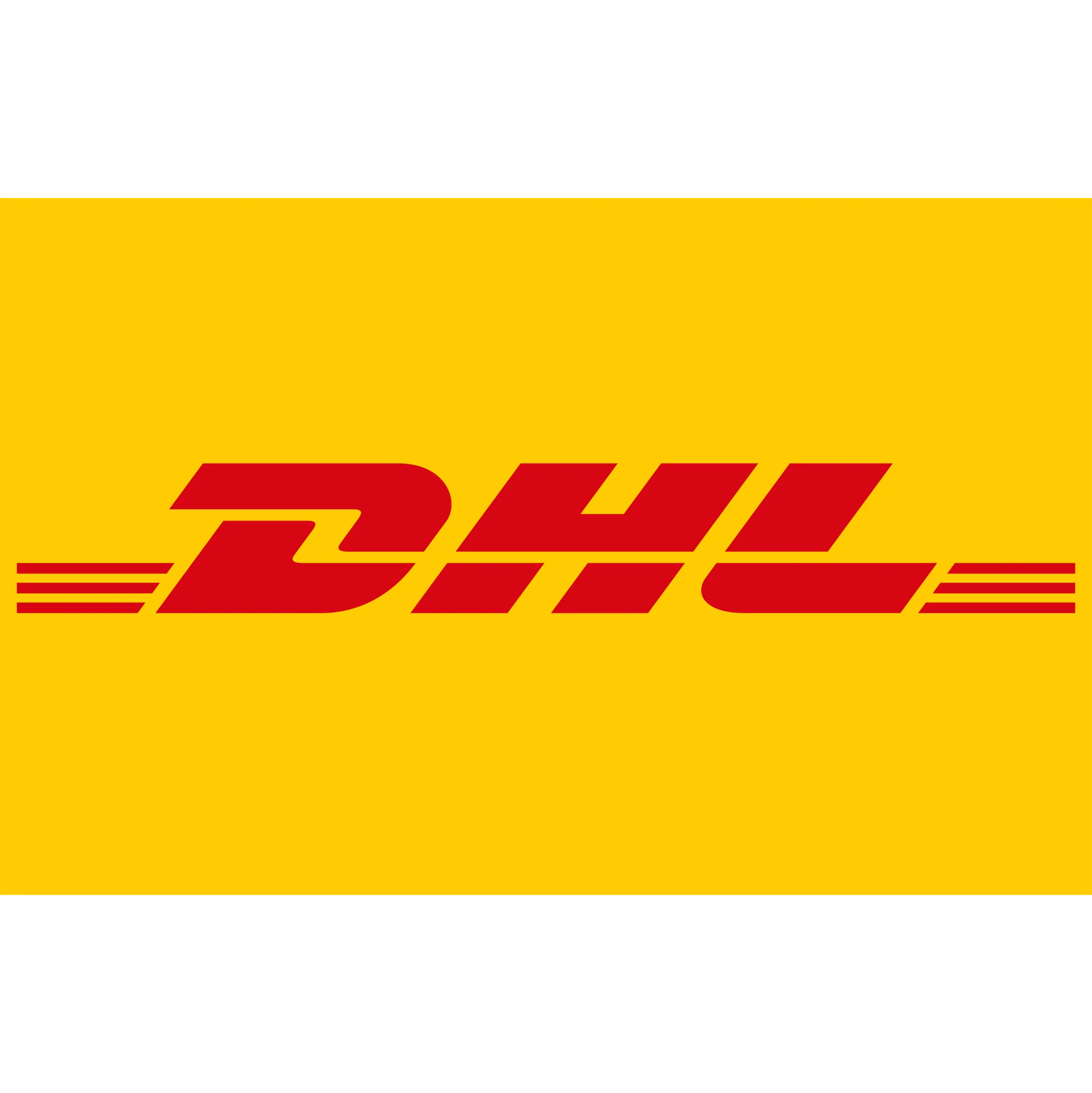
How to automate tracking inbound freight
While individual inbound freight platforms often have great visibility features baked in, tracking containers often becomes complex when you're working across carriers and freight forwarders who all share data differently. While you might have some shipment data in your ERP, TMS, or a Google Sheet, updating these systems programmatically becomes especially difficult when new integrations are required, or shipment updates are shared through unstructured channels like emails or PDFs.
Parabola’s inbound freight software integrates across APIs, carrier portals, emails, and PDFs to provide standardized visibility into shipments across carriers — no matter how that data is shared with your team. Consolidate shipments, match containers to POs, and dynamically task manage your supply chain.

Video overview
Why Parabola







In a world where efficiency is a key contributor to effectiveness, Parabola provides an unlock for businesses of all sizes in synthesizing large volumes of information into key insights."
What is tracking inbound freight?
Tracking inbound freight — or inbound freight management — is the process of monitoring containers in real time across carriers and freight forwarders within your network. This centralizes shipment data to improve visibility and enable proactive decision-making. The data often comes from various sources, including APIs, carrier portals, emails, and CSV files.
How to track inbound freight in Parabola?
- Integrate with your carriers and freight forwarders through APIs, carrier portal imports, or email-based data extraction.
- Use AI to extract and standardize data formats from sources like email bodies and CSV files.
- Standardize shipment data values such as dates, statuses, and carrier names to create a unified format.
- Combine all data across sources using the Stack tables step to centralize the information.
- Action on the data by pushing it to an ERP, Google Sheet, or Slack notifications for team updates, or creating a shipment tracking dashboard in Parabola.
Tips for tracking inbound freight in Parabola?
- Ensure early standardization of dates, statuses, and carrier names using tools like Standardize with AI and Format dates.
- Use the Add text column step to label shipment lines with their data source for clarity (e.g., Flexport or Kuehne + Nagel).
- Build modular flows that accommodate updates or changes in carrier data sources.
What other resources are available on tracking inbound freight?
- To start building your own inbound freight tracking Flow, use the Template above and check out Parabola University.
- Explore this inbound freight tracking demo video.
What are real-world examples of inbound freight tracking automation?
Hundreds of Parabola users are currently using our AI-powered workflow builder to automate order management processes. Below are some real stories, from real customers.
- How Ruggable cut KPI reporting time by 65% with Parabola
- How Passport cut invoice auditing time by 80% and scaled smarter with Parabola
- How Rhone doubled their operational capacity with Parabola







